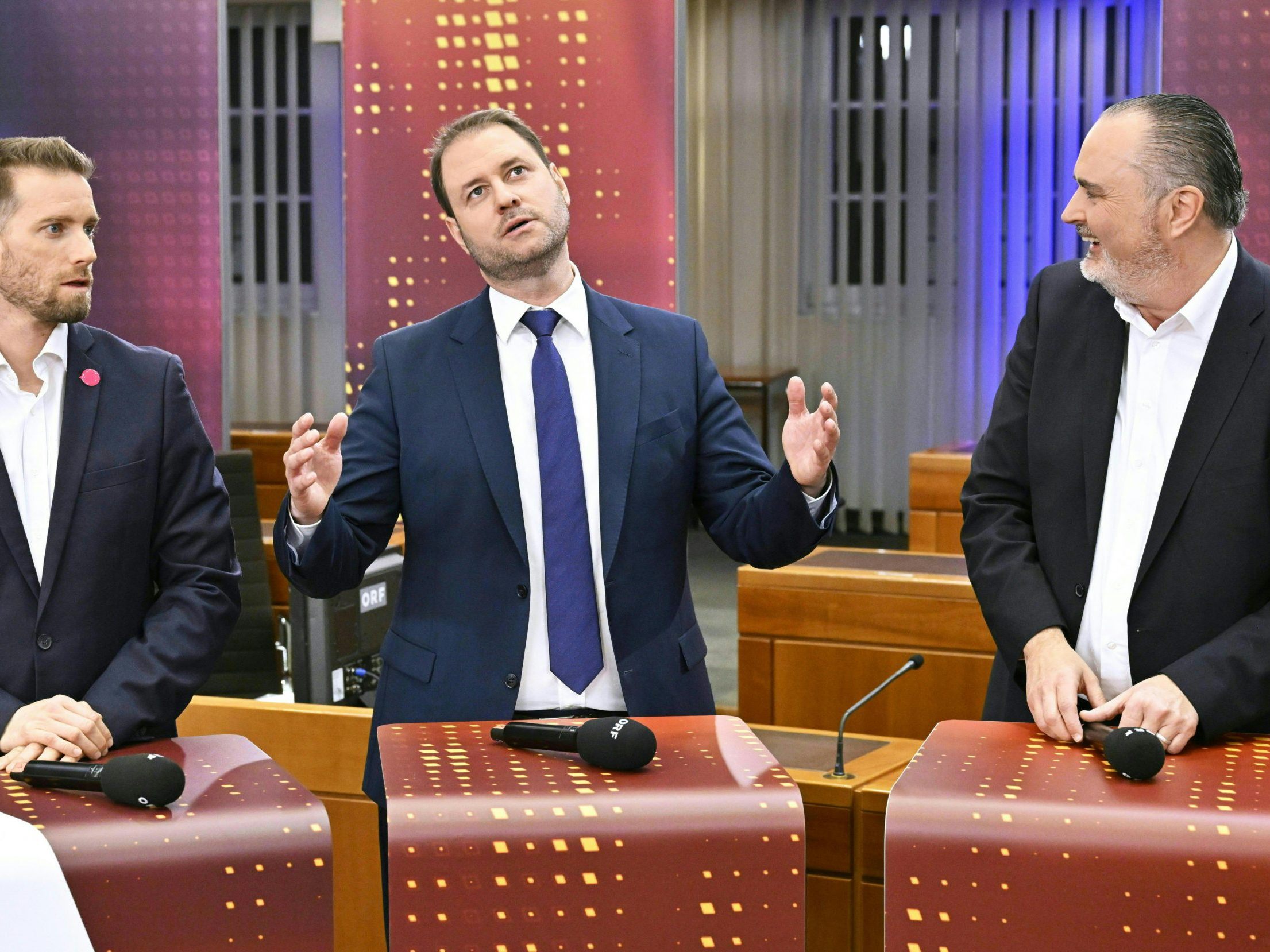These Were the Voting Motives at the State Election in Burgenland

The voters of the SPÖ Burgenland rewarded the party for its "good work". They also see the "right direction" in social democracy and want to see its politics continued.
SPÖ Voters Reward "Good Work" of the Party
In the election day survey by Peter Hajek for ATV/Puls24, 44 percent gave these reasons for their decision. Governor Hans Peter Doskozil comes in behind at 22 percent mentions. In contrast, the desire to end the red "sole rule" dominates among FPÖ and ÖVP.
In third place of the voting motives for the SPÖ was that of the core electorate. 11 percent voted for the party because they always do. 8 percent said the program represents their interests. Doskozil as the top candidate played a very important role for 60 percent. For comparison: Norbert Hofer (FPÖ) came to 57, Christian Sagartz (ÖVP) to 40 percent. Doskozil was thus in first place in the ranking of the state premiers with his value.
FPÖ and ÖVP Voters Against "Absolute" in Burgenland
Among the voting motives of FPÖ and ÖVP, the desire to end the "sole rule" of the SPÖ was in the lead. At least that was fulfilled, the SPÖ has lost its absolute majority of mandates. Among the Freedom Party, this option came to 19 percent, followed by the desire for change (17) and the issue of immigration (15). In the ÖVP, the gap to the desire to end the SPÖ's absolute rule (26 percent) was larger. 15 percent found the party sympathetic, 14 percent were core voters.
For the fans of the Greens, climate protection was the central election motive with 53 percent. 17 percent wanted to secure their stay in the state parliament. The picture was balanced among the NEOS between the young appearance, good ideas, and progressive thinking.
Doskozil Most Important Top Candidate
In the comparison of top candidates, Governor Hans Peter Doskozil (SPÖ) was the most important reason for voting with 16 percent. However, in 2020 he had still reached 37 percent in this question. Norbert Hofer (FPÖ) came to 13 percent and thus more than his predecessor Johann Tschürtz (then 8 percent). Christian Sagartz (ÖVP) was named by 11 percent.
The voting behavior was relatively balanced by gender. Slightly more men (25 percent) than women (20 percent) voted for the FPÖ. With the ÖVP, the ratio was exactly reversed, with the SPÖ almost balanced. The older the voter group, the better the SPÖ and ÖVP performed. In the category 60 plus there was an absolute majority in red. The FPÖ, on the other hand, did better among the younger ones. SPÖ and ÖVP are also relatively popular among pensioners. Conversely, FPÖ and Greens were stronger among working people.
The qualitative online survey was aimed at declared party voters. Between January 13 and 17, 400 people participated. The maximum margin of error is plus/minus 4.9 percentage points.
(APA/Red)
This article has been automatically translated, read the original article here.





